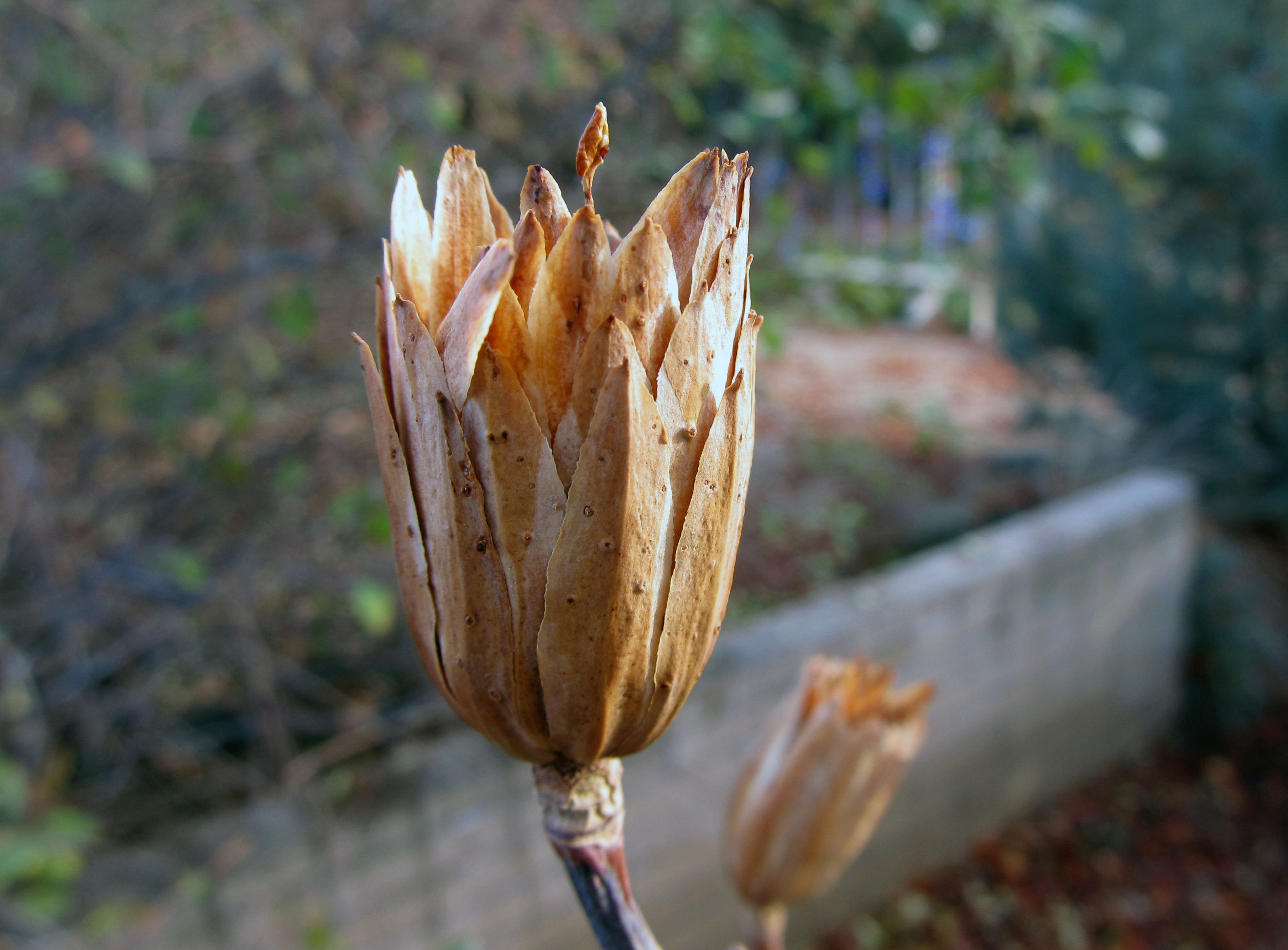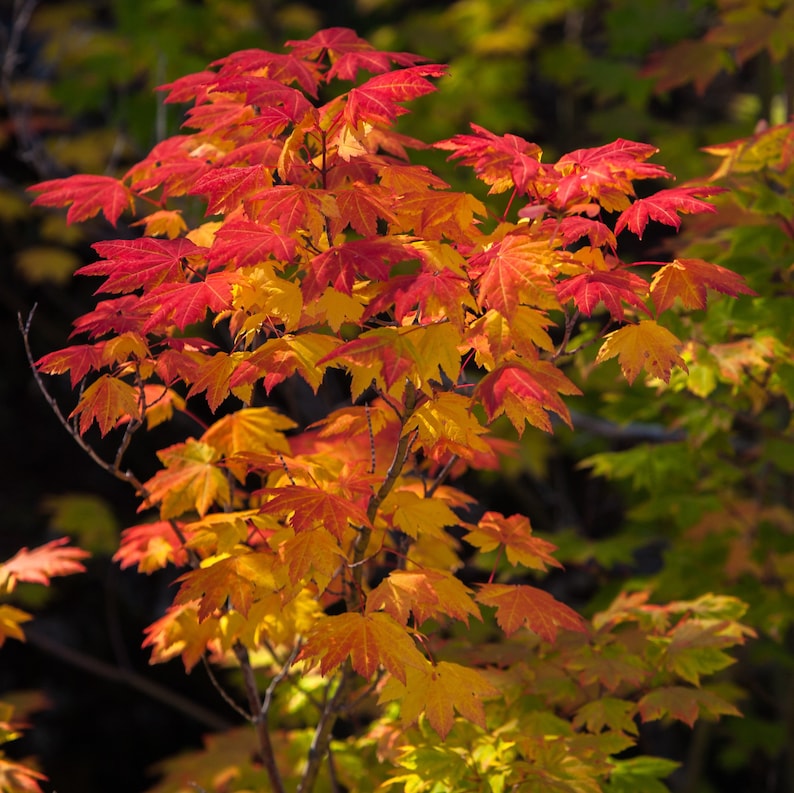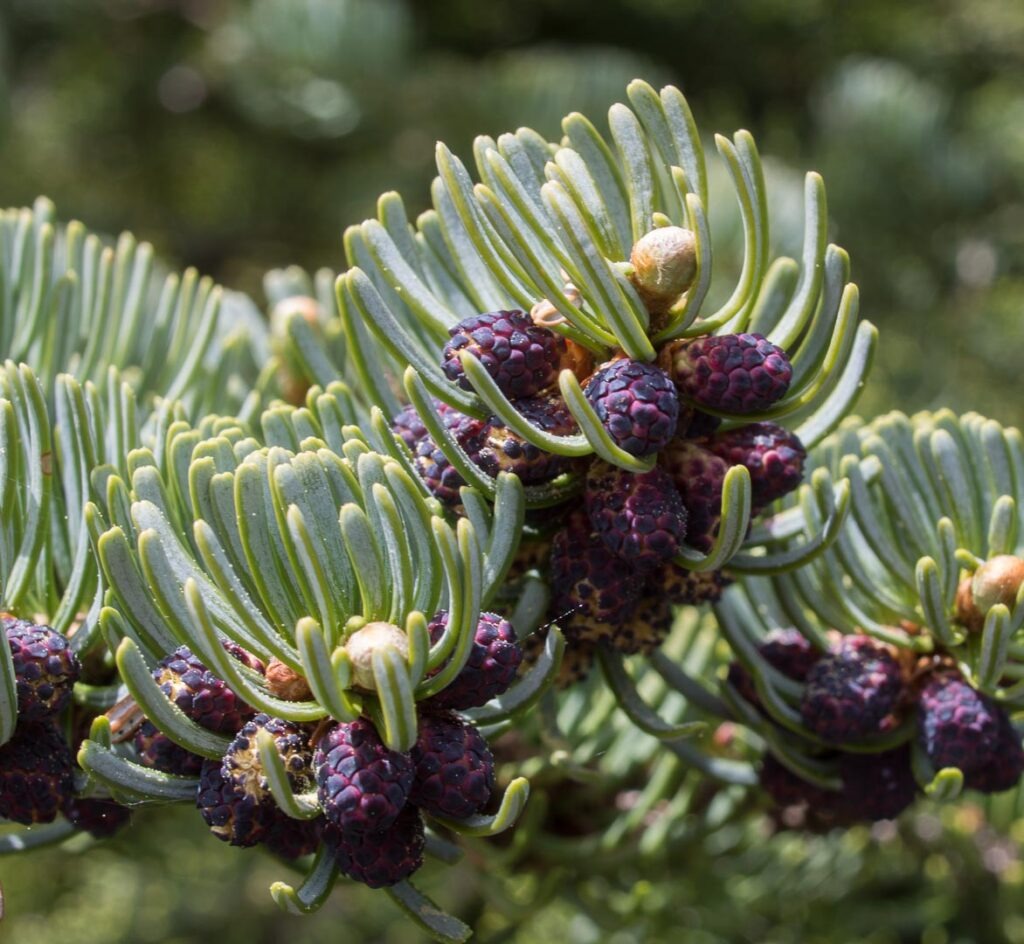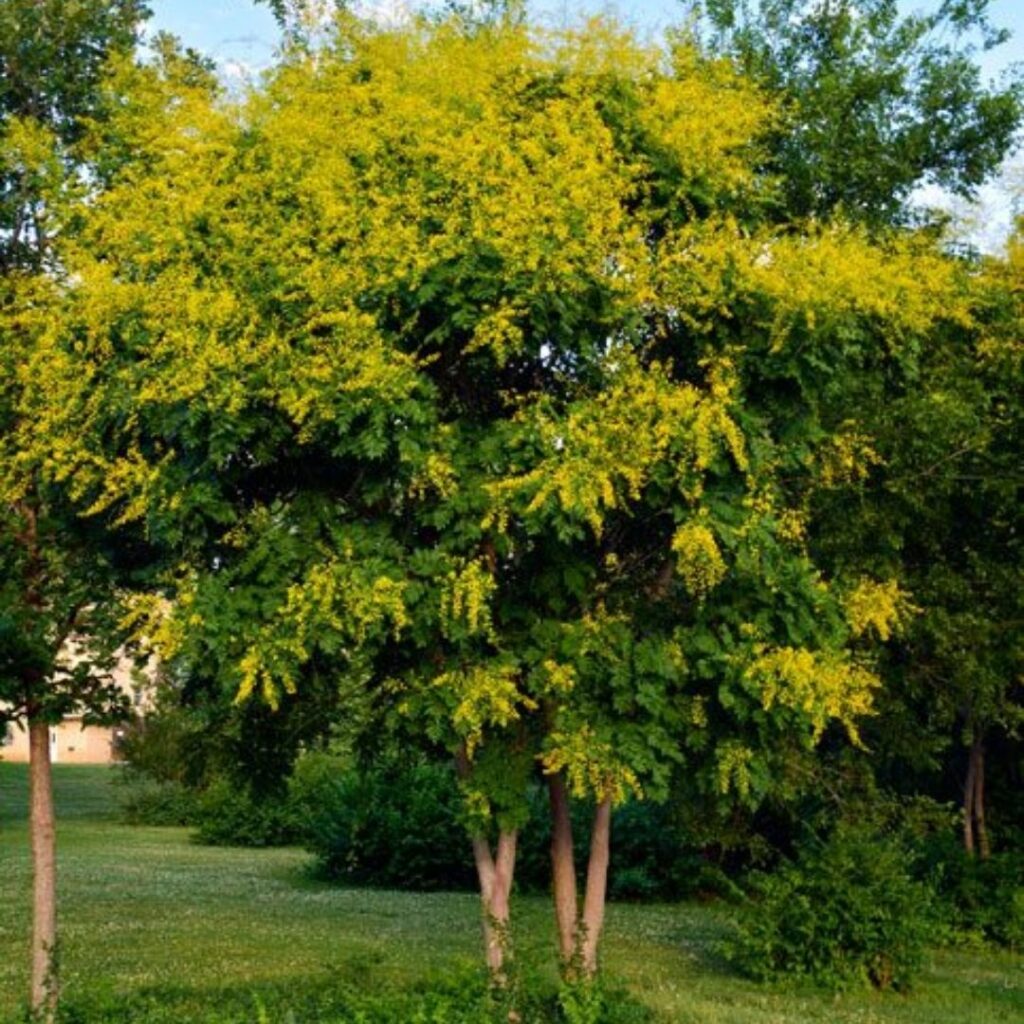Liriodendron, tulipifera

When walking around Bend, you can’t help but notice the striking amount of gigantic trees that shape our experience here. Sky-scraping ponderosas, enormous junipers and full spruces are often the stars that stud our beautiful high desert landscape. But there’s a lesser known tree that towers above all others. At first glance, one might mistake this showy bloom for a water lily, but its actually a tree! A tulip tree to be exact. Liriodendron tulipifera is Greek for “lily tree”, but it is not closely related to lilies or tulips at all. A member of the magnolia family, this tree is a favorite nesting site for birds and its’ flowers attract pollinators. Its also an important host plant for the eastern tiger swallowtail butterfly— which are known to lay their eggs exclusively among plants in the magnolia family, primarily in mid-late June through early August. Watch out for these little babies. See the reference photo at the end of this article.
Liriodendron tulipifera is one of the tallest and most beautiful eastern hardwoods, with the potential to grow 150ft! Their long, straight trunks support a narrow crown that spreads with age, and large star-shaped flowers with orange throats that bloom high in the tree canopy. The leaves are waxy and smooth, and turn bright gold in fall. With brilliant color displays twice a year, this tree is non-stop excitement. Once the tulip trees have commenced their blooming, cone-shaped seed heads remain, which make great crafting supplies, decorations, or even new tulip trees! These seed pods are dispersed by wind and can travel 5 times the height of the tree, providing a food source for a variety of insects and mammals.


While tulip trees are native to eastern North America, early colonists also grew them along the Pacific Coast. Very tall trees with massive trunks existed in the primeval forests but were cut for their valuable soft wood. Pioneers hollowed out a single logs to make long, lightweight canoes as well as furniture, crates, toys, and musical instruments.
Tulip trees have also been known for their superior resistance to drought, pests and wind. As long as you plant them in an open space with lots of room to grow in rich, nutrient dense soil, stick to a watering schedule of around 6 gallons per week for the first year, throw some fertilizer in the planting hole (and hope for no unforeseen weather circumstances that Bend so loves to throw at us), you’ll see the fruits of your labor quickly! These trees are fast growers when happy. Perfect for the gardener who needs a large space filled.




